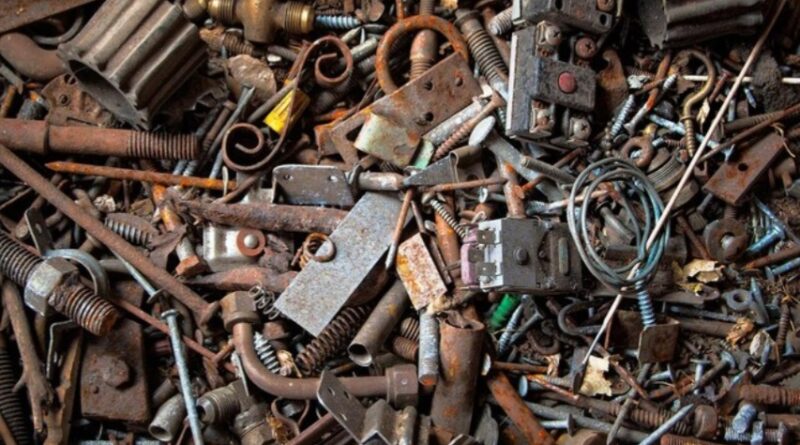Turning Scrap into Gold: Himachal’s Blueprint for a Regulated Scrap Economy
Himachal Pradesh is about to tap into a hidden treasure trove: its industrial scrap. For years, cardboard bundles, steel offcuts, plastic shards, and iron fragments have exchanged hands in dusty back alleys—profitable for a few, but entirely off the government’s radar. That’s about to change.
The Industries Department, alongside the Pollution Control Board, is laying down the groundwork to bring transparency and accountability to this bustling trade. Their first task? Pinning down fair “base prices” for every type of scrap—from lightweight aluminium cans to heavy-duty iron scraps. By valuing each material on the basis of quantity and quality, they aim to end the free‑for‑all pricing that’s allowed some dealers to monopolize the market.
Once these benchmark prices are set—anticipated to aggregate around ₹25–30 crore annually—the state will introduce a modest 10–15% tax on every transaction. Imagine that: instead of watching crores slip through its fingers, the treasury could net several crores each year, simply by regulating what’s already being bought and sold.
Until now, the scrap sector has thrived outside formal systems, yielding hefty profits for private players while offering no benefit to the public purse. Reports have unmasked individuals leveraging loopholes in industrial zones, operating with impunity. This new policy framework not only promises to undercut such unchecked monopolies but also to ensure small traders and recyclers get a transparent, level playing field.
Although a wider scrap policy was once on the drawing board, it never saw the light of day. Today’s decisive push to fix base rates and enforce taxation marks a significant pivot—transforming scrap from a neglected byproduct into a reliable, regulated revenue stream for Himachal Pradesh.



